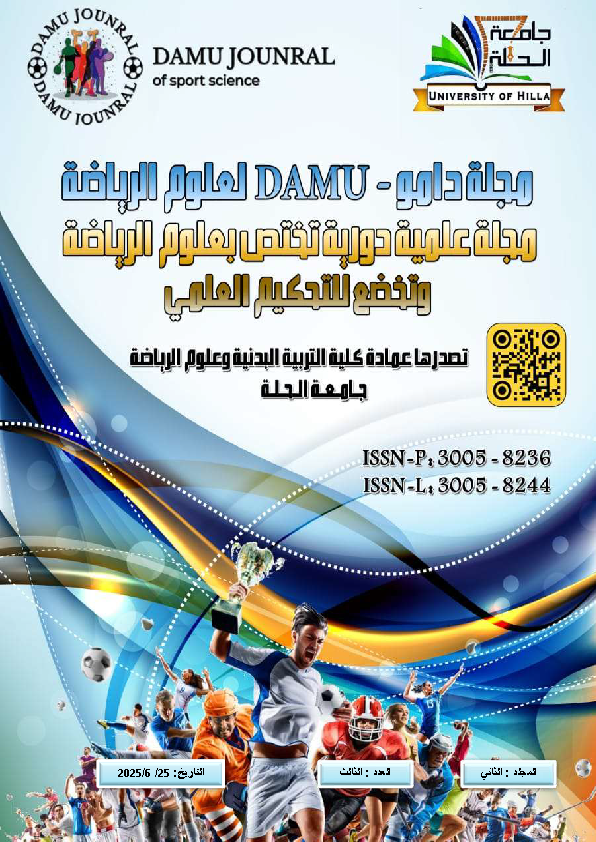The Effect of Slow-Rhythm Training on the Maximum Strength of the Working Muscles and the Digital Performance of the Chest Lift for Young Weightlifters in Physical Strength
DOI:
https://doi.org/10.64002/7ns1ax97Keywords:
slow-tempo training, maximum strength, chest raiseAbstract
The research aims to develop training using a slow-rhythm technique, characterized by performing exercises at different speeds, in an effort to develop the maximum strength of weightlifters and achieve an improvement in the digital performance of the chest lift. As for the research problem, through the researchers' review of previous studies and scientific sources, as well as their review of training modules, they noted that the training process is based on performing exercises using traditional methods with natural performance in the speed of executing the exercises with a single movement rhythm. Since the researchers are specialists in this activity and hold international training certificates, they observed a stable level of achievement for the lifters. Through conducting preliminary muscle strength tests, they found a weakness in the maximum strength values of the muscles involved in performing the chest lift. The researchers identified the research population and sample. They used the experimental method to suit the research requirements. The researchers identified the research population as the bodybuilding weightlifters of the Najaf Governorate Youth Team, numbering (40) weightlifters representing the training center accredited by the Iraqi National Weightlifting Federation in the governorate. The research sample was selected using a simple random method (lottery). The sample consisted of (20) young weightlifters aged (19-23). They were divided into two groups (experimental and control) randomly (lottery), with (10) participants for the experimental group and the same number for the control group. The research sample comprised (50%) of the original population.
Conclusions
- The slow-rhythm method led to the development of maximum strength values for the working muscles of bodybuilders by inducing adaptations within muscle cells due to the high training load using different speeds during performance.
Downloads
Published
Issue
Section
License
Copyright (c) 2025 Damu Journal of Sport Sciences

This work is licensed under a Creative Commons Attribution 4.0 International License.








